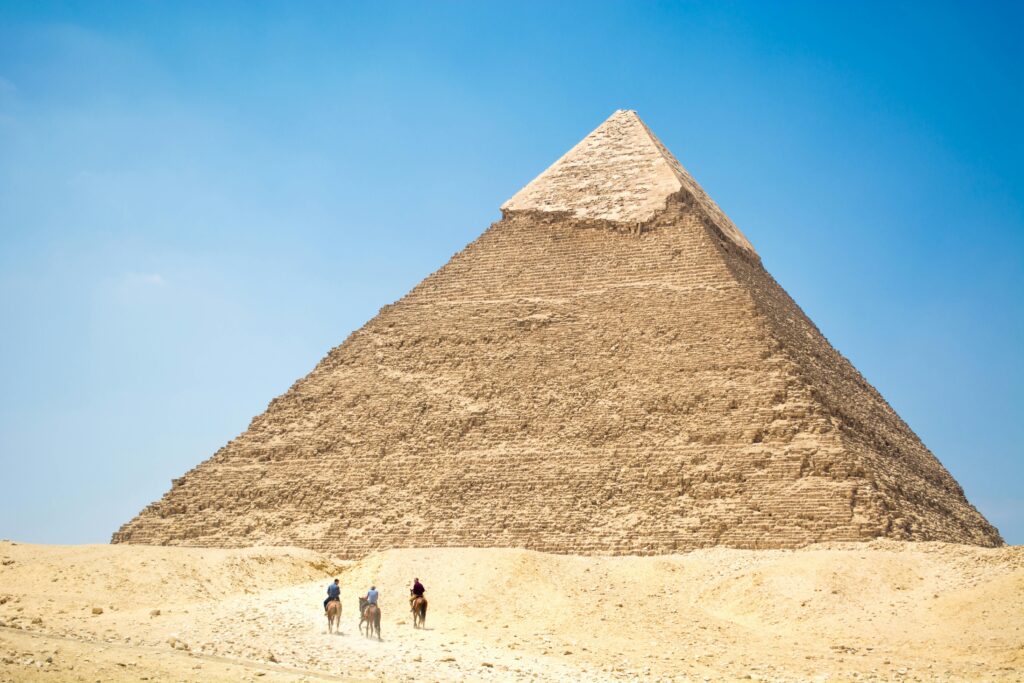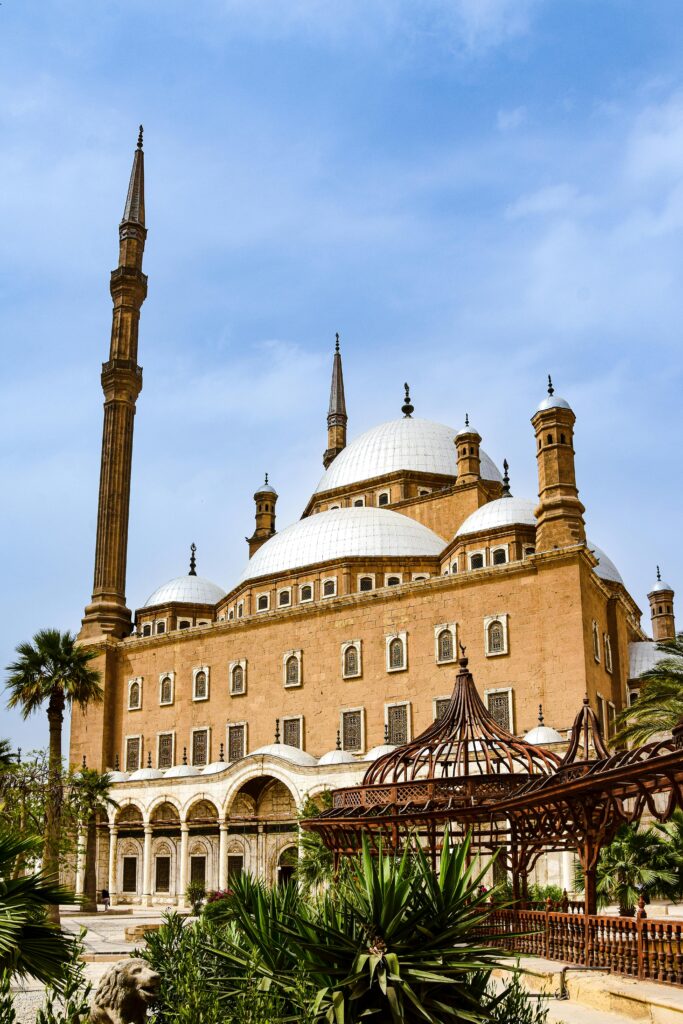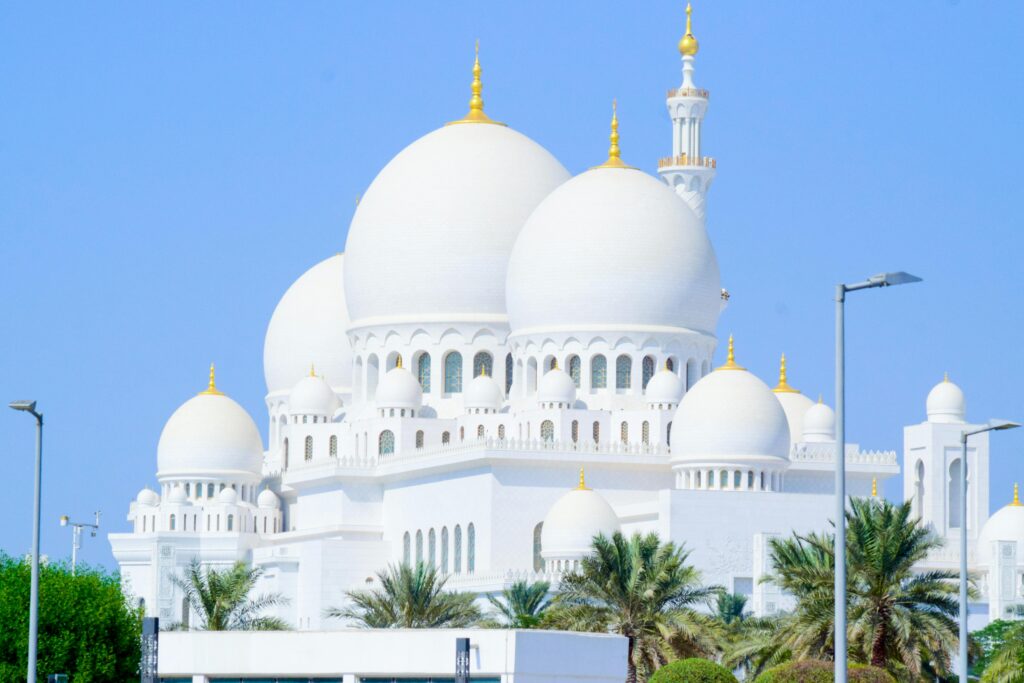Explore the stunning egyptian monuments made with marble. Egyptian marble stone has long been celebrated for its timeless beauty, exceptional quality, and unmatched craftsmanship. As one of the world’s most coveted materials, it has been a key element in countless iconic structures, showcasing both its durability and elegance.
In this blog, we’ll explore some of the most famous landmark projects that feature Egyptian marble stone, highlighting its significant role in architecture and design throughout history.
The Legacy of Egyptian Marble Stone
The history of marble stone in Egypt extends over thousands of years, being integral to some of the most ancient and revered structures in human history.
The ancient Egyptians were pioneers in quarrying and utilizing marble stone, establishing a tradition that has been passed down through the centuries. The unique types of Egyptian marble, its rich colors, intricate veining, and exceptional durability have consistently made it a top choice for architects and builders.
1-The Pyramids of Giza
Egypt is celebrated with its stunning monuments. The most popular one of these monuments is the iconic structure built with Egyptian marble stone, the Pyramids of Giza. Although the pyramids were primarily constructed from limestone, their outer casing was originally clad in Tura limestone, a fine, white Egyptian marble stone. This marble stone provided a smooth, gleaming surface that reflected sunlight, making the pyramids visible from miles away and make it the most popular of egyptian monuments. The use of Egyptian marble stone in the Pyramids of Giza underscores its importance in ancient Egyptian architecture and solidifies its enduring legacy as a symbol of power and grandeur.

2-The Great Sphinx
Another popular one of egyptian monuments that structure featuring Egyptian marble is the Great Sphinx of Giza. Carved from a single block of limestone, the Sphinx was originally adorned with a layer of Egyptian marble, adding to its majestic appearance. Although much of the marble has eroded over time, remnants remain, offering a glimpse into the original grandeur of this ancient marvel.
The use of Egyptian marble in the Great Sphinx highlights its role in creating some of the most iconic and enduring symbols of ancient Egypt.

3-The Roman and Byzantine Eras
Egyptian marble’s appeal extended beyond ancient Egypt and its monuments, captivating the Romans and Byzantines as well. During these eras, Egyptian marble was widely used in the construction of temples, churches, and public buildings.
A prime example is the Hagia Sophia in Istanbul, Turkey. Originally built as a cathedral by the Byzantine Emperor Justinian I, the Hagia Sophia features extensive use of Egyptian marble in its columns and floors. The marble’s rich hues and intricate veining contribute to the building’s opulent and sacred atmosphere, making it one of the world’s most admired architectural wonders.


4-The Mosque of Muhammad Ali
In more recent history, the Mosque of Muhammad Ali in Cairo, also known as the Alabaster Mosque, stands as a testament to the enduring appeal of Egyptian marble. Built in the 19th century, this Ottoman-style mosque is clad in alabaster sourced from Egypt’s quarries. The use of alabaster gives the mosque its characteristic warm glow, especially when illuminated by the sun.
5-The Modern Revival
In recent decades, there has been a resurgence in the use of Egyptian marble in modern architecture. As global demand for natural stone has grown, it has been incorporated into some of the most prestigious monuments worldwide. From luxury hotels and resorts to corporate headquarters and public spaces, Egyptian marble is valued for its versatility, elegance, and timeless appeal.

A notable modern project is the Sheikh Zayed Grand Mosque in Abu Dhabi. This magnificent structure, one of the largest mosques in the world, features extensive use of white marble sourced from Egypt. The marble’s pristine color and smooth finish enhance the mosque’s serene and majestic ambiance. The Sheikh Zayed Grand Mosque stands as a shining example of how this marble continues to play a pivotal role in the world’s most iconic structures and monuments.
Conclusion:
By the end of this article you now are sure that Egyptian marble has been a cornerstone of architectural beauty and durability for millennia. From the ancient Pyramids of Giza to the modern Sheikh Zayed Grand Mosque, the use of Egyptian marble in iconic structures is a testament to its enduring appeal and versatility.
Egypt is still providing high-quality marble that continues to inspire and elevate the world’s most remarkable architectural achievements. Explore its beauty today and discover how it can bring timeless elegance to your next project.